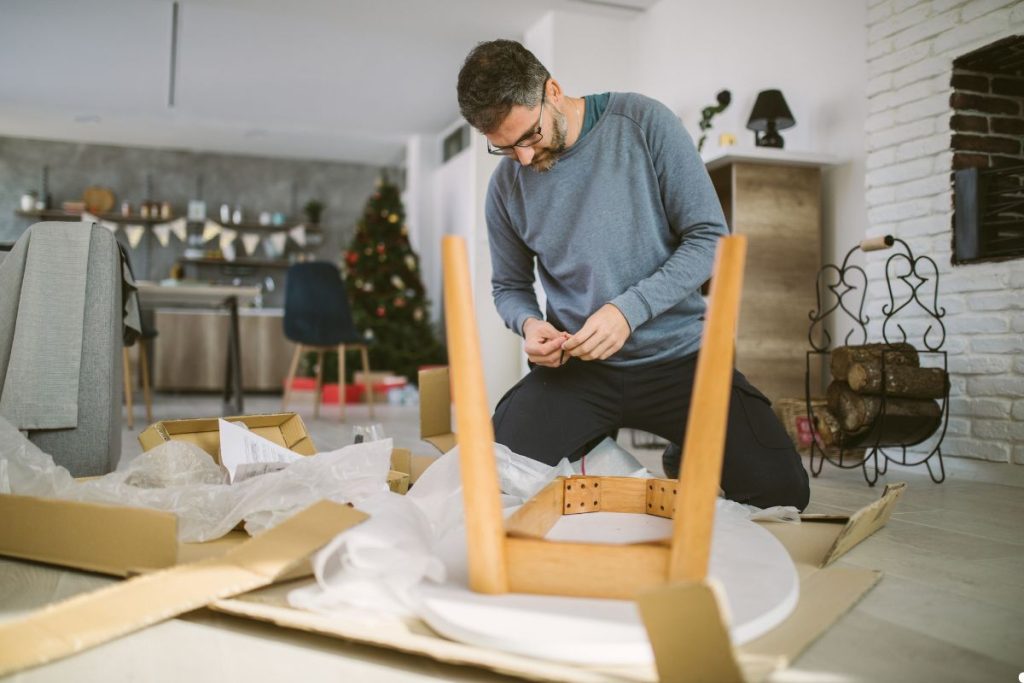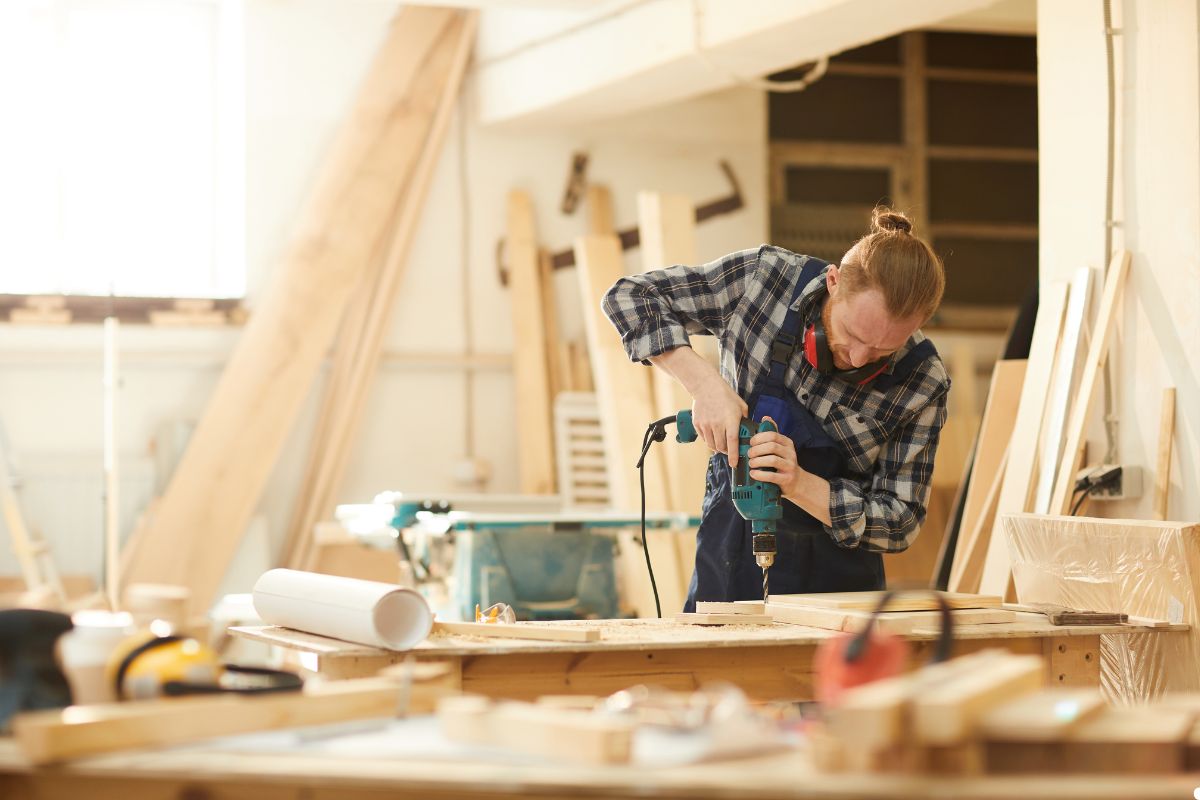
So, you’re wondering what’s involved in stripping furniture? In a nutshell, furniture stripping involves removing the old finish (paint, varnish, stain) to reveal the bare wood underneath. This is achieved using various methods, including chemical strippers, hand scraping, or heat application, allowing for repair and refinishing. This process is crucial for restoring the beauty and extending the lifespan of your beloved pieces. This guide walks you through the common furniture stripping processes, helping you understand your options and decide on the best approach. Call us today to get started on your furniture restoration project!
Why Strip Furniture? The Benefits
Stripping furniture isn’t just about aesthetics; it offers several practical advantages. First and foremost, it removes years of accumulated finishes, dirt, and grime. This is essential for:
- Preparing for a New Finish: Stripping provides a clean, receptive surface for new paint, stain, or varnish.
- Revealing Original Wood Grain: Stripping can uncover beautiful wood grain hidden beneath layers of old finishes.
- Repairing Damage: Stripping allows for easier identification and repair of underlying damage, such as cracks, dents, or veneer issues. For seamless furniture repair, stripping helps identify cracks, dents, and veneer issues early.
- Restoring Antiques: Preserving the historical integrity and value of antique pieces often necessitates careful stripping.
Ultimately, stripping breathes new life into tired furniture, allowing you to customize its appearance and enjoy its beauty for years to come.

Methods of Furniture Stripping
Several methods are used to strip furniture, each with its own pros, cons, and suitability for different types of furniture. Let’s explore the most common techniques:
Chemical Stripping
Chemical stripping involves applying a chemical solvent to soften and lift the old finish.
- Pros: Effective for intricate details, multiple layers of finish, and larger surfaces.
- Cons: Requires proper ventilation and safety precautions due to fumes and chemicals. Can damage certain wood types if not used carefully.
Hand Scraping
Hand scraping uses specialized tools to manually remove the old finish. This method is gentler and allows for precise control.
- Pros: Suitable for delicate surfaces, antiques, and removing specific areas of finish.
- Cons: Labor-intensive, time-consuming, and requires skill.
Heat Gun Stripping
Heat gun stripping involves using a heat gun to soften the finish, allowing it to be scraped away easily.
- Pros: Relatively fast and efficient for removing thick layers of paint or varnish.
- Cons: Can scorch the wood if not used carefully. Not suitable for all types of finishes.
Choosing the Right Stripping Method
Selecting the right stripping method is crucial to achieve the desired result without damaging your furniture.
Factors to Consider
- Type of Wood: Different woods react differently to various stripping methods. Delicate woods require gentler approaches.
- Type of Finish: Some finishes are easier to remove with chemicals, while others respond better to heat or hand scraping.
- Complexity of the Design: Intricate carvings or details often necessitate hand scraping or chemical stripping.
- Your Skill Level: DIYers should choose methods they are comfortable with and have the necessary skills to execute safely.
Pros & Cons
- Chemical Stripping:
- Pros: Effective, versatile
- Cons: Chemical exposure, wood damage potential
- Hand Scraping:
- Pros: Gentle, precise
- Cons: Laborious, time-consuming
- Heat Gun Stripping:
- Pros: Fast, efficient
- Cons: Scorching risk, not for all finishes
DIY vs. Professional Furniture Stripping
You have a choice: tackle the stripping project yourself or hire a professional. Both options have their advantages and disadvantages.
DIY Furniture Stripping:
- Pros: Cost savings, control over the process.
- Cons: Time commitment, potential for mistakes, requires proper safety equipment and knowledge.
Professional Furniture Stripping:
- Pros: Expertise, efficiency, access to specialized equipment, reduced risk of damage.
- Cons: Higher cost.
Consider your budget, time constraints, and skill level when making this decision. If you’re unsure, it’s always best to err on the side of caution and seek professional assistance.
Safety Precautions When Stripping Furniture
Safety is paramount when stripping furniture, regardless of the method you choose. Here are essential precautions:
- Ventilation: Work in a well-ventilated area to avoid inhaling fumes. Open windows and use fans.
- Protective Gear: Wear gloves, eye protection, and a respirator to protect your skin, eyes, and lungs from harmful chemicals and dust.
- Skin Protection: Cover your skin.
- Proper Disposal: Dispose of used strippers, rags, and other materials properly according to local regulations.
- Read the Label: If using chemicals read all manufacturer label safety instructions.
Step-by-Step Guide to Chemical Stripping (DIY Option)
If you choose the DIY chemical stripping route, follow these steps carefully:
- Preparation: Cover your work area with a drop cloth. Gather your supplies (chemical stripper, gloves, eye protection, respirator, scraper, brush, steel wool, mineral spirits).
- Apply Stripper: Apply a thick, even layer of chemical stripper to the furniture using a brush.
- Wait: Allow the stripper to sit for the recommended time (check the product label).
- Scrape: Gently scrape away the softened finish with a scraper.
- Repeat: Repeat steps 2-4 if necessary to remove all the old finish.
- Neutralize: Clean the furniture with mineral spirits or a neutralizing solution to remove any residual stripper.
- Dry: Allow the furniture to dry completely before proceeding to the next step.
Remember to always follow the manufacturer’s instructions for the specific chemical stripper you are using. This may require taking the refinishing project to a well-ventilated location.
After Stripping: Preparing for Refinishing
Once the furniture is stripped, it’s crucial to prepare the surface for refinishing.
Sanding
Sanding smooths the wood surface, removes any remaining imperfections, and creates a receptive surface for the new finish. With our services, we guarantee a smooth, even wood surface that enhances the final look and durability of your finish.
Cleaning and Neutralizing
It’s important to remove stripping residue or neutralized chemicals before refinishing. Ensure your wood material is clear from chemical strippers, paint, dirt, or dust.
Use various grade sandpaper to sand the wood until smooth. Start from a low-grade sandpaper, and gently increase as smoothness progresses. Once the surface is smooth, gently clean dust with cloth.

Cost Considerations for Furniture Stripping
The cost of furniture stripping varies depending on whether you DIY or hire a professional.
DIY Cost
DIY costs include the price of chemical strippers, safety equipment, tools, and other supplies. This cost can add up depending on how much equipment the customer has previously.
Professional Fees
Professional fees depend on the size and complexity of the furniture, the stripping method used, and the location of the service provider. Get quotes from several refinishers before making a decision. Unsure about pricing? Contact us now to compare quotes and find the best deal!
Frequently Asked Questions
What is the best way to strip furniture?
The best method depends on the type of furniture, finish, and your skill level.
How long does it take to strip furniture?
The time required varies depending on the size and complexity of the project.
Can all types of furniture be stripped?
Most furniture can be stripped, but some delicate pieces require specialized techniques.
Is furniture stripping environmentally friendly?
Some chemical strippers are more environmentally friendly than others. Choose eco-friendly options when possible.
Conclusion
Furniture stripping is a valuable process for restoring and preserving your beloved pieces. Whether you choose to DIY or hire a professional, understanding the various methods, safety precautions, and cost considerations is essential for a successful outcome. By taking the time to strip your furniture properly, you can unlock its hidden beauty and enjoy it for years to come.
We can help, if you’re in need of furniture stripping help contact us for your next refinishing project. Call Us!

